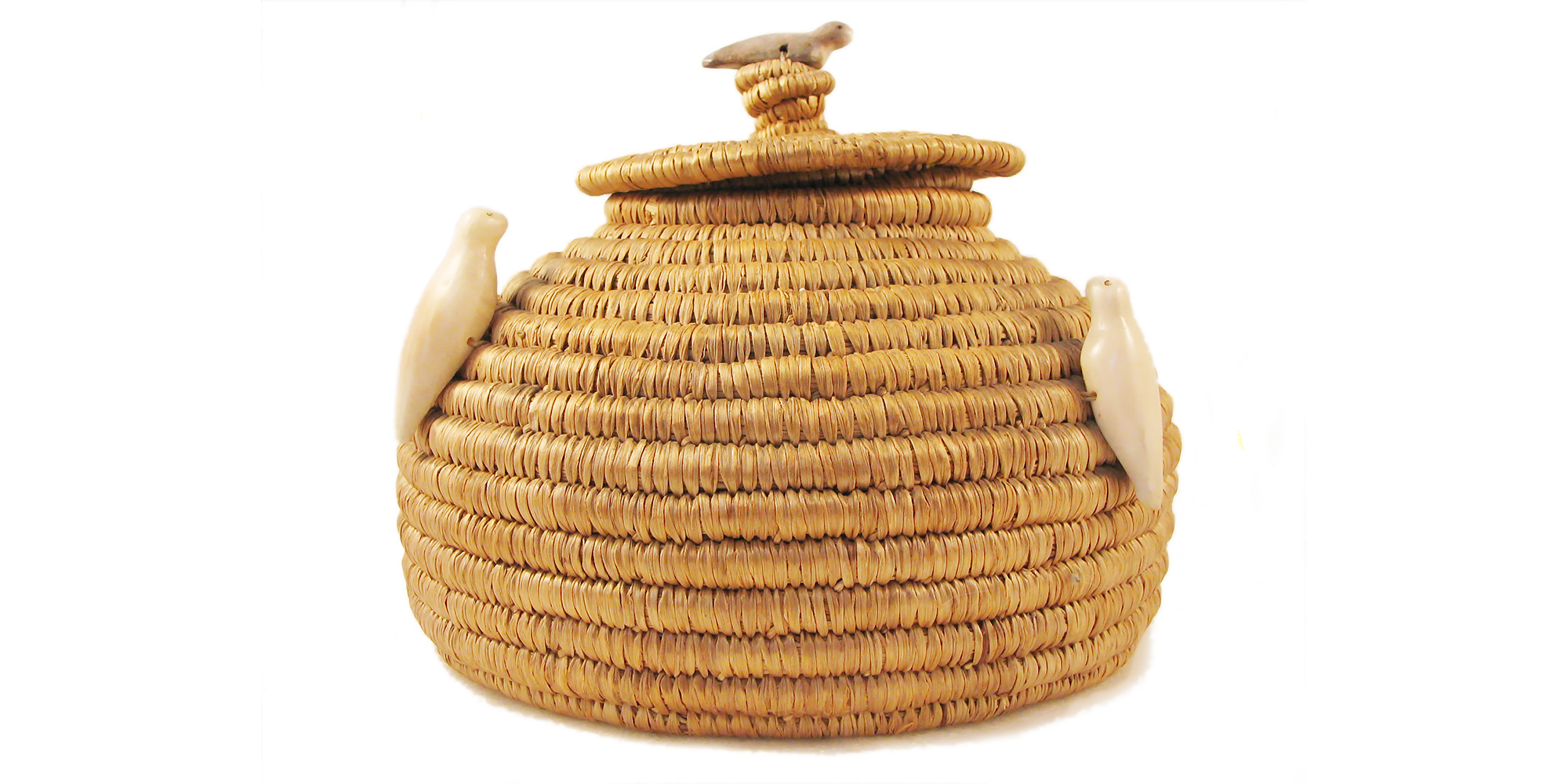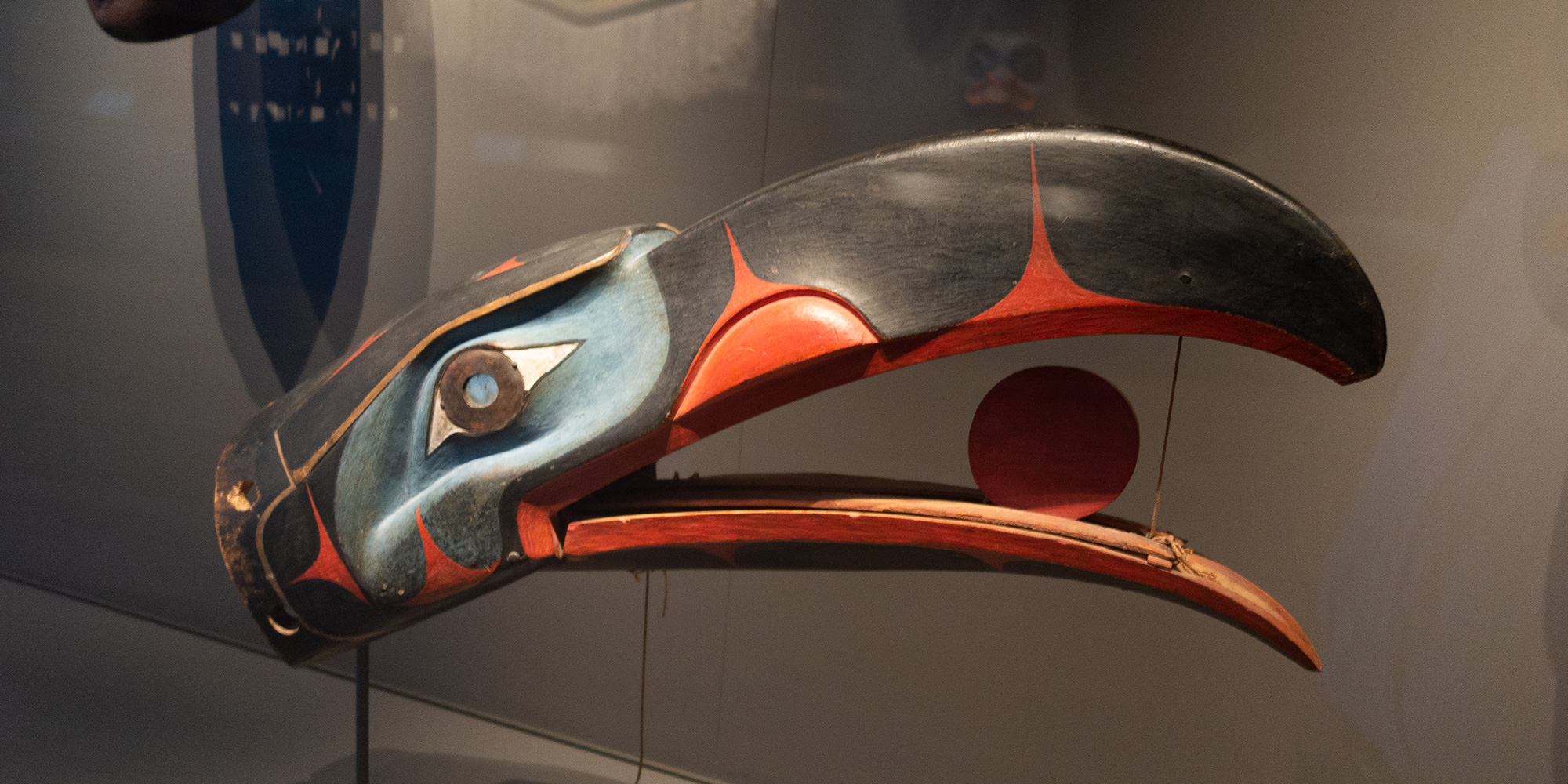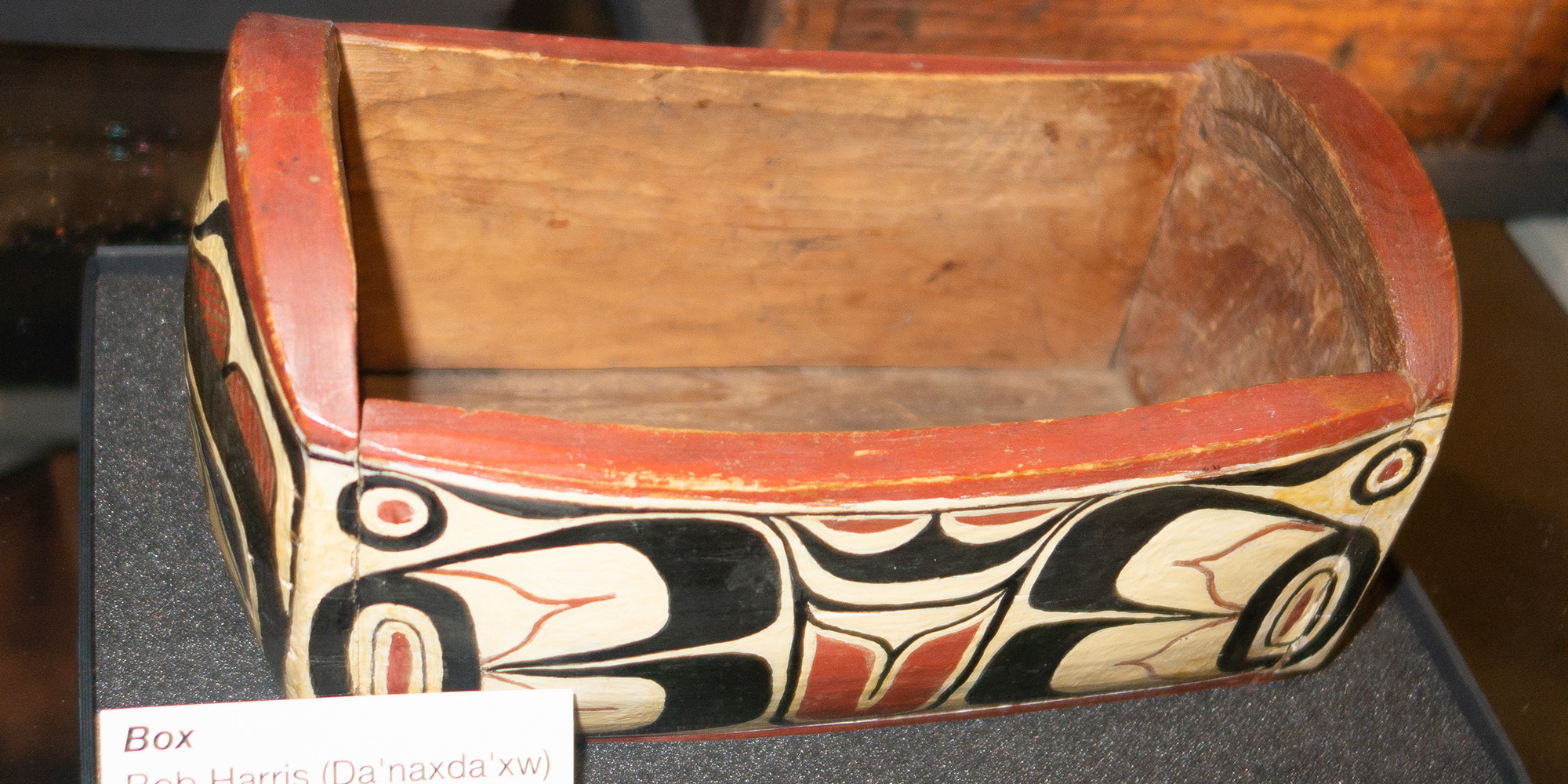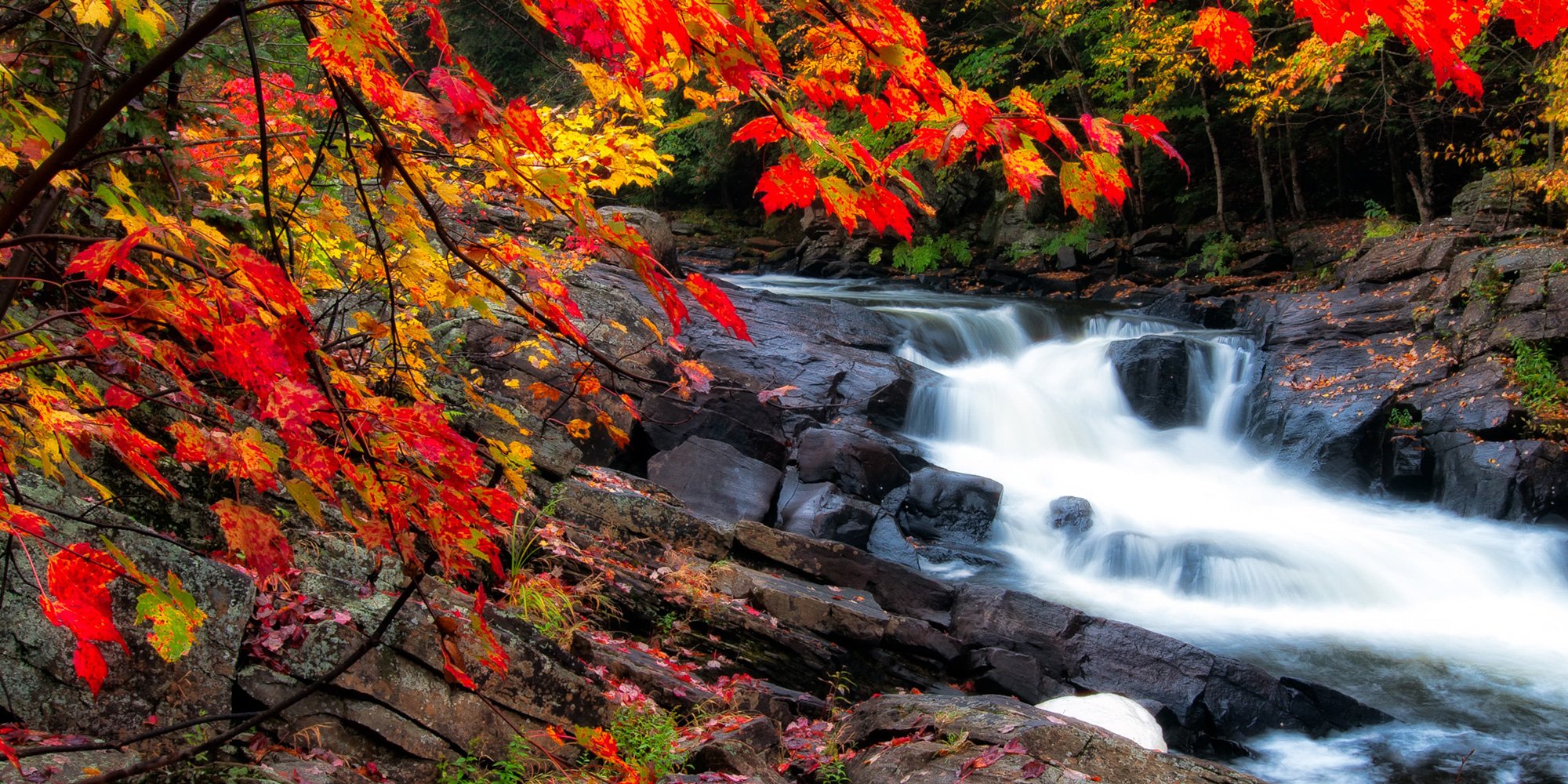Indigenous Repatriation - Indigenous Peoples and Museums
This is the second in a three-part series on repatriation – why it is necessary, the relationship between Indigenous Peoples and museums, and the...

This is part of a series on Indigenous repatriation – why it is necessary, the relationship between Indigenous Peoples and museums, and the pioneering experiences of Andy Wilson and the Haida Repatriation Committee. Why is repatriation – the act of restoring human remains, artifacts, ceremonial and sacred icons etc. to their homeland – necessary? Why were these items removed in the first place?
To answer that question we need to step back in time. The arrival of Europeans had a devastating effect on entire populations of Indigenous Peoples as they had no natural immunity to ensuing waves of smallpox, tuberculosis, scarlet fever, influenza or measles epidemics. Villages and communities were wiped out, leaving behind the objects of everyday life and ceremonial icons such as masks, wampum belts, button blankets, headdresses, drums, rattles and other artifacts. The decimation in the population led to the belief that Indigenous culture was disappearing which placed a significant value on these items. Relic hunters descended and collected what they thought had the most value, including the burial vessels and the human remains within. The anticipated extinction of some Nations, such as the Haida Nation, was of great interest to anthropologists who wanted to study the DNA, which was a contributing factor to the frequency of human remains being removed from burial sites. Artifacts and cultural icons were also removed from villages by missionaries and Indian agents during the era of cultural assimilation which saw ceremonies such as the potlatch and sundance outlawed. Ceremonial artifacts were sought by collectors all over Europe.
Museums built up collections with the intent of providing the opportunity to study Indigenous cultures. The very act of one group of people studying another by means of desecrating burial sites to collect human remains speaks volumes about how Indigenous Peoples were viewed as foreign or “other” and the deceased not worthy of honour. Collections of human remains that had previously been buried according to particular cultural practices are so very alien to today’s sensibilities. It is only within the past 30 years that the socio-political climate became conducive to righting this wrong, and this shift has opened the door for Indigenous Peoples to seek out museums with “collections” and to begin the long and expensive process of repatriation. Canada does not have legislation requiring museums to repatriate the items to their rightful owners but generally, museums are willing to work with Indigenous communities to do so, and many have formal repatriation policies. Britain, however, had a policy forbidding repatriation but after many Indigenous nations and non-indigenous organizations applied pressure, and a concerted letter-writing campaign of which Andy Wilson, co-founder, and former co-chair of the Skidegate Repatriation Committee, took an active part by encouraging others to write, the law was overturned. Private collectors have also come forth to return remains.
Some land claim agreements also address the fate of ancestral remains and artifacts. For example, the Nisga’a Final Agreement (1999) was the first in Canada to include repatriation as part of a land claim agreement.
If anyone* is aware of ancestral remains and would like to arrange to return them, please contact: Haida Gwaii Museum
* All private repatriations are treated as anonymous unless otherwise specified.
Featured photo: Shutterstock

This is the second in a three-part series on repatriation – why it is necessary, the relationship between Indigenous Peoples and museums, and the...

This is the third article in a three-part series on Indigenous repatriation – why it is necessary, the relationship between Indigenous Peoples and...

The Seventh Generation Principle is based on an ancient Haudenosaunee (Iroquois)* philosophy that the decisions we make today should result in a...